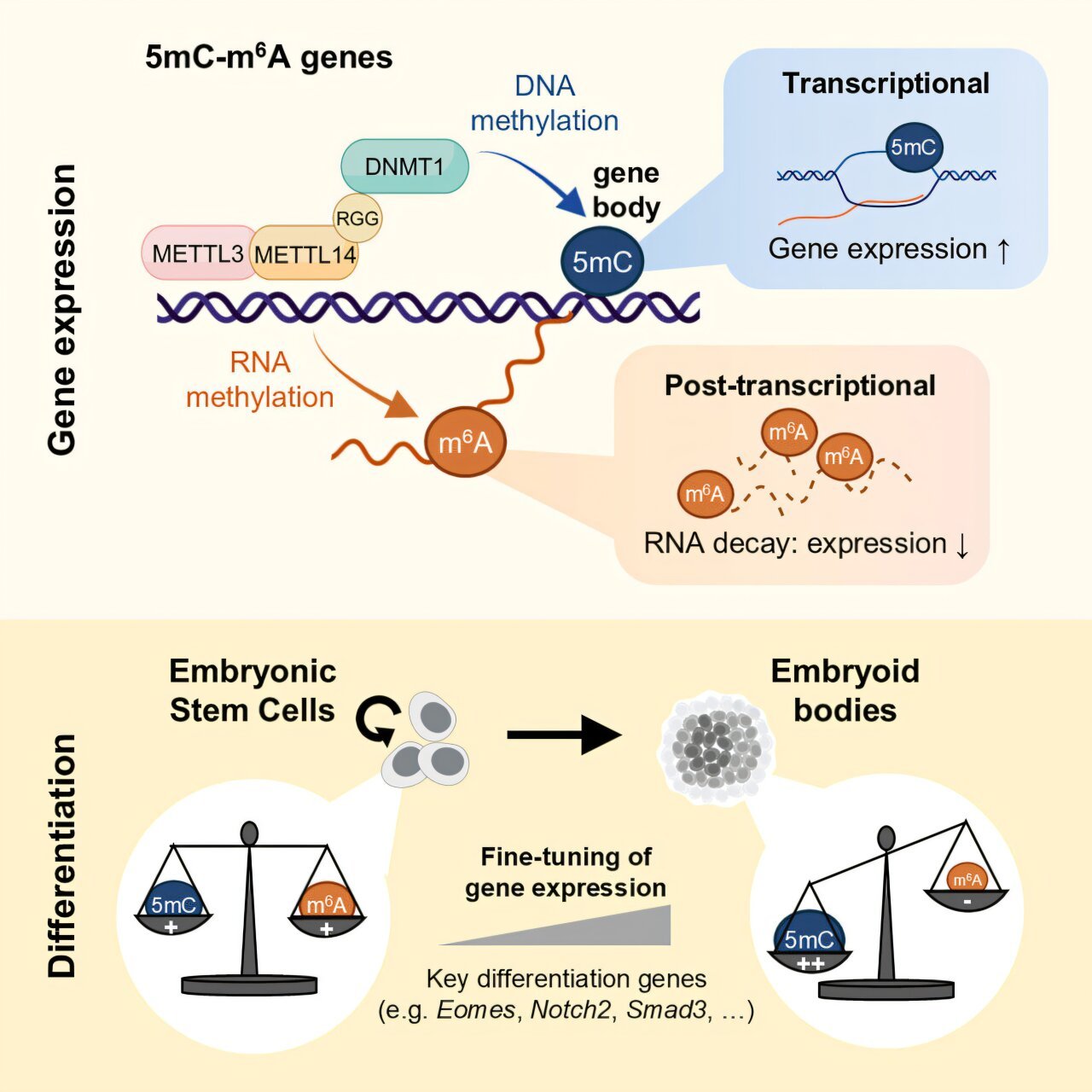Parkinson’s disease is a progressive neurodegenerative disorder that primarily affects a person’s movement. It occurs when the brain’s production of dopamine—a crucial neurotransmitter that helps regulate movement—begins to decline. This loss of dopamine disrupts communication between the brain and the muscles, leading to symptoms such as tremors, stiffness, and slowness of movement. As Parkinson’s disease progresses, individuals can experience a range of motor and non-motor symptoms, significantly affecting their quality of life.
To address the deficiency in dopamine, Parkinson’s patients are often treated with levodopa, a medication that is converted into dopamine in the brain. Levodopa has been a cornerstone of Parkinson’s disease treatment for decades and is highly effective in reducing the symptoms of the disease, especially in the early stages. However, long-term use of levodopa presents a major complication: levodopa-induced dyskinesia (LID). These are involuntary, uncontrollable movements that develop after prolonged treatment with levodopa, typically years into the disease. The onset of LID is one of the most frustrating aspects of Parkinson’s treatment, as it complicates symptom management and can further reduce the patient’s quality of life.
Researchers at the University of Arizona have uncovered new insights into the nature of LID and how it develops, providing a better understanding of the underlying mechanisms involved. These findings offer hope for new therapeutic approaches to alleviate this challenging condition. A recent study published in the journal Brain explores these revelations and suggests potential treatments that could improve the management of Parkinson’s disease, particularly through the use of ketamine, a drug traditionally used as an anesthetic.
The study, led by Abhilasha Vishwanath, a postdoctoral research associate in the Department of Psychology at the University of Arizona, builds upon the understanding that Parkinson’s disease and its treatment lead to significant changes in the brain’s neural activity. Over time, as patients continue to receive levodopa, the brain begins to adapt to the treatment. While levodopa initially alleviates the motor symptoms, chronic use results in the development of dyskinesia, characterized by abnormal and involuntary movements.
According to Vishwanath, the crux of the issue lies in the brain’s response to levodopa over time. In the new study, the team identified that the motor cortex—the brain region responsible for voluntary movement control—becomes “disconnected” during episodes of dyskinesia. This challenges the prevailing view that the motor cortex is directly responsible for the uncontrollable movements seen in LID. Instead, the findings suggest that the motor cortex no longer coordinates these movements effectively, and there may be indirect mechanisms at play that result in the involuntary actions.
To understand how this disconnect occurs, the research team recorded the activity of thousands of neurons in the motor cortex. Neurons are the fundamental units of communication in the brain, and they continuously interact with one another. It was previously assumed that these neural activities were directly responsible for generating the abnormal movements of LID. However, the researchers found that the firing patterns of neurons during dyskinetic episodes showed minimal correlation with the movements, indicating that the motor cortex may not be directly driving the abnormal movements, as was once believed.
“It’s like an orchestra where the conductor goes on vacation,” said Stephen Cowen, senior author of the study and an associate professor in the Department of Psychology. Without the motor cortex actively coordinating movement, other parts of the brain’s neural circuits may take over, leading to the spontaneous generation of dyskinetic movements.
This new understanding of the underlying mechanism of LID has significant implications for developing more effective treatments. The research also explored the therapeutic potential of ketamine, a drug better known for its use as an anesthetic and, more recently, in treating certain mood disorders. Ketamine’s potential as a treatment for LID was demonstrated in the study, with the researchers showing that the drug could help disrupt the abnormal electrical patterns occurring in the brain during dyskinetic episodes. Ketamine appears to intervene in the repetitive neural activity that contributes to these involuntary movements, potentially allowing the motor cortex to regain some control over the movement.
Cowen explained that ketamine acts in a two-step process. First, it disrupts the abnormal electrical patterns that are characteristic of LID. Then, over a longer period—hours or even days—ketamine triggers neuroplasticity, a process by which the brain reorganizes its neural connections. Neuroplasticity is a fundamental mechanism by which the brain adapts to changes and strengthens neural connections. This adaptive process can help the brain recover some of its normal function, particularly in the motor cortex, which could improve the coordination of movement over time.
Vishwanath noted that even a single dose of ketamine could have lasting effects on the brain’s neural activity, with some benefits observable for months. These findings suggest that ketamine has the potential to offer not just a temporary fix but a more enduring solution to levodopa-induced dyskinesia.
The significance of this research is further underscored by an ongoing Phase 2 clinical trial at the University of Arizona, where low doses of ketamine are being tested as a treatment for LID in Parkinson’s patients. The clinical trial, conducted by researchers from the Department of Neurology, is already showing promising results, with some patients experiencing lasting benefits even after a single infusion of ketamine. Early results suggest that ketamine’s ability to address the dyskinetic movements could be a breakthrough treatment for Parkinson’s patients, offering a potential solution to the challenges of managing LID.
Additionally, researchers have pointed out that ketamine doses could be adjusted to maximize therapeutic benefits while minimizing side effects, which is essential for any new treatment approach. By fine-tuning the administration of ketamine, researchers hope to develop a strategy that balances effectiveness with safety, providing lasting relief for Parkinson’s patients without introducing harmful side effects.
The findings of this study open the door to new therapeutic avenues for Parkinson’s disease treatment, particularly for those who suffer from levodopa-induced dyskinesia. The research team hopes that by understanding the neurobiology of LID and how ketamine impacts brain function, more targeted and effective treatments can be developed in the future. This study not only sheds light on the complexities of Parkinson’s disease but also provides hope for patients who have been struggling with the debilitating effects of LID for years.
As research into Parkinson’s disease continues to evolve, the hope is that advancements in understanding the brain’s mechanisms and the impact of drugs like ketamine will lead to more effective and personalized treatment options. This could ultimately improve the quality of life for patients, offering a brighter future for those living with Parkinson’s disease and its challenging complications.
Reference: Abhilasha Vishwanath et al, Decoupling of motor cortex to movement in Parkinson’s dyskinesia rescued by sub-anaesthetic ketamine, Brain (2024). DOI: 10.1093/brain/awae386






